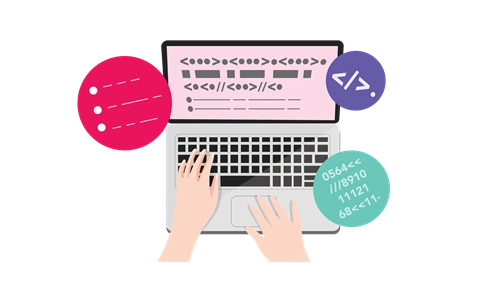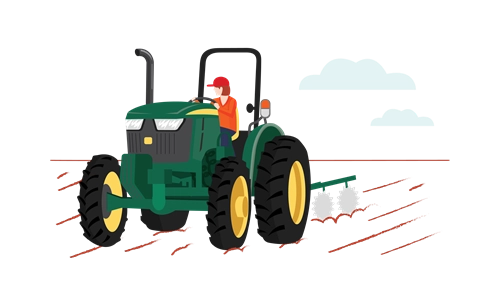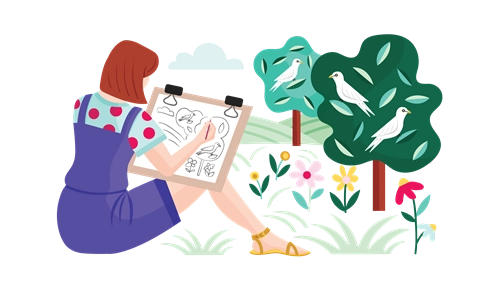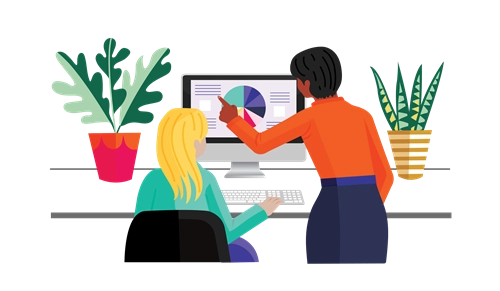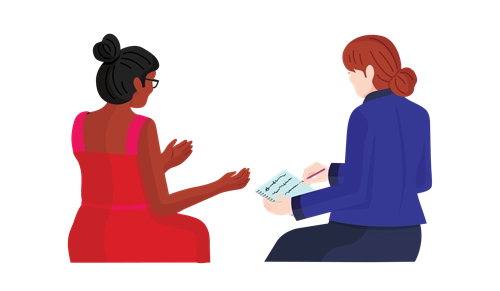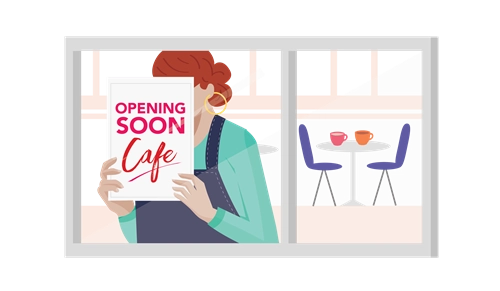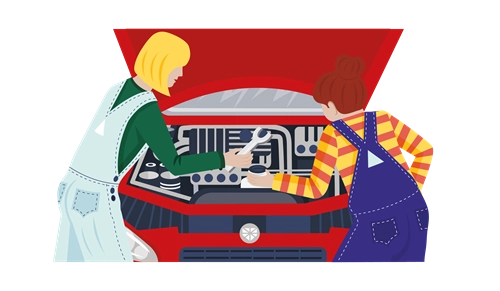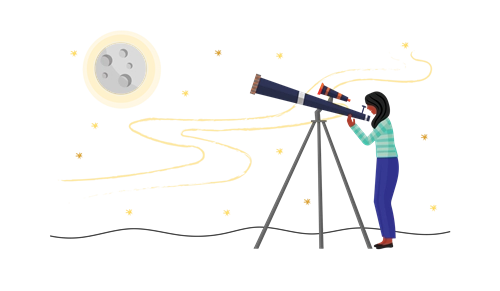Make it move!
Students learn about movement, including how they can move, how they can make objects move and how the size, shape and material of an object can affect the way it moves.
View lesson
Survive and thrive
Students learn about the basic needs of plants and animals including humans. They apply this knowledge to design and build a physical or digital diorama of a plant or animal habitat.
View lesson
Dig deep
Students learn about the observable properties of soils, rocks and minerals, and their importance as resources. They explore a way to sustainably use or reuse a resource that exists because of soils, rocks or minerals, in a design challenge adapted to their local context.
View lesson
Statistics: Climb, slide or swing?
Students investigate the problem of designing a class playground that is fun for everyone. They plan, collect, record and analyse survey data to conclude what playground features students would like.
View lesson
Physical world – design and production investigation
Students work in groups of 3 to demonstrate how light energy sources are used for shadow theatre design and how forces are used to create movement in shadow puppets for entertainment and storytelling.
View lesson
Material world – Stage 2
Students investigate how different properties of materials affect their suitability for products, then use their knowledge and understanding of the performance of materials to make an entertaining game.
View lesson
Can an AI recognise what you are drawing?
Students represent an object using a line drawing, focusing on the features of the object that enable it to be easily recognised. They experiment with creating representations using an AI drawing tool that guesses what is being drawn.
View lesson
Buzzing with Bee-Bots
Students follow and describe a series of steps to program a floor robot. They plan a route to program a robot to follow a path and write a sequence of steps (algorithm).
View lesson
Rubbish recording and reduction: Part 1
Students survey and collect data about what is brought to school each day and subsequently becomes rubbish. They then use Excel to present that data in a variety of different ways.
View lesson
Construct a pull along toy - teacher resource kit
This activity kit is about engaging students in thinking about wheels and axles. Activities are guided by the design thinking process, students explore different types of pull-along toys, various ways of constructing them from a range of household and readily-available materials.
View lesson
Cool lunch
Students investigate how heat energy from the Sun transfers across a variety of materials, affecting the internal temperature of lunch containers. They conduct experiments and draw on their findings to create, test and justify designs for effective lunch containers.
View lesson
Waste Warriors
Students consider the impact of lifestyle choices on the environment and how they can contribute to more sustainable patterns of living as they develop knowledge, skills, and values about waste and waste management.
View lesson
Chairs for bears
Students investigate the common design features of chairs and how different types of chairs fit different sized people and have a range of purposes. They discuss the size and shape of different toys and analyse the requirements for a suitable chair for a toy.
View lesson

